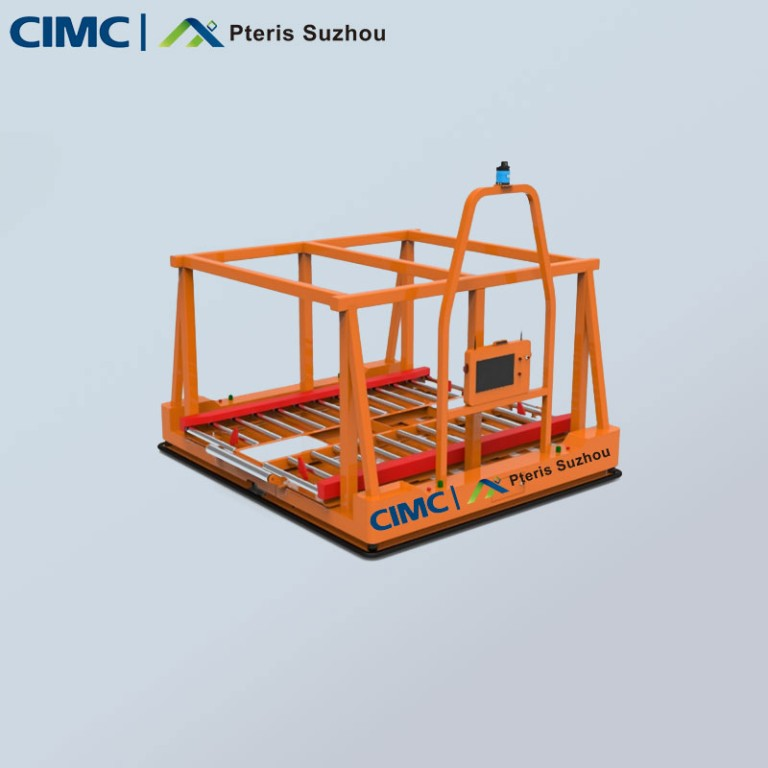If you’ve ever traveled by plane, you know that the airport can be a hectic and overwhelming place. With thousands of passengers coming and going every day, keeping things running smoothly is no easy feat. That’s where advanced airport logistics technology comes in: it streamlines processes, reduces wait times, and ensures everything runs like clockwork. In this blog post, we’ll explore the latest innovations in airport logistics technology and how they’re helping airports worldwide maximize efficiency for travelers just like you!

What is airport logistics?
Airport logistics of Pteris Global is the process of planning, organizing, and executing the flow of goods and passengers through an airport. The goal is to ensure that everything, from luggage to passengers, arrives safely and on time.
There are a number of different technologies that can help optimize airport logistics. Some examples include runway management systems, baggage handling systems, cargo tracking systems, and air traffic control software. By using these tools properly, airports can improve efficiency by ensuring accurate tracking of shipments, timely delivery of goods, and reduced congestion.
Advanced airport logistics technology of Pteris Global can also help airports save money. By automating certain processes, airports can free up personnel to focus on more important tasks. This helps reduce costs associated with maintenance and staffing shortages. Furthermore, it allows airports to focus on more strategic objectives, such as passenger service or promoting economic development in their area.
Benefits of using advanced airport logistics technology
Advanced airport logistics technology can help airports save time and money by automating processes and providing real-time information. It can also help reduce the environmental impact of airport operations.
One of the most significant benefits of using advanced airport logistics technology is its ability to automate processes. This can save time for both employees and managers, as tasks can be completed more quickly and with fewer errors. Automated systems can also ensure that procedures are followed consistently, helping to maintain safety standards.
Another benefit of advanced airport logistics technology is its ability to provide real-time information. This information can be used to monitor the progress of shipments, ensure compliance with safety regulations, and optimize workflow. By being able to provide immediate feedback, this technology can help airports stay ahead of trends and keep their operations running as smoothly as possible.
Advanced airport logistics technology can have a significant environmental impact on airport operations. By reducing the amount of waste created during transport, this technology can help reduce the overall environmental impact of airport operations.
How do advanced airport logistics technologies work?
Advanced airport logistics technology (AALT) can help airports achieve greater efficiency and reduce costs. AALT systems can automate processes and optimize transportation routes to save time and resources.
Some of the most common uses for AALT systems at airports include baggage handling, cargo pickup and delivery, passenger check-in, and parking management. By automating these processes, airports can reduce the number of workers needed in each department, which in turn can lead to cost savings.
In addition to automating tasks, many AALT systems also offer advanced data analysis capabilities that allow airports to track performance and make informed decisions about how to improve operations. This information can then be used to create action plans that ensure optimal outcomes for both the airport and its customers.
AALT systems are not just beneficial for larger airports; even small facilities can benefit from adopting these technologies if they are able to share data with their partners in a meaningful way. By working together, communities of interest can create a better system for everyone involved.
How can advanced airport logistics technologies help you optimize your airport operations?
Advanced airport logistics technologies can help airports optimize their operations. Some of the most common technologies used in airport logistics include containerization, automated guided vehicles (AGVs), and conveyor systems.
Containerization is the process of breaking down a large shipment into smaller, more manageable pieces that can be transported by air or water. This technology is often used to ship goods between different parts of an airport. AGVs are machines that move cargo using tracks or wheels, and conveyor systems use belts to transport items between different areas of an airport. By using these technologies, airports can optimize their inventory and move it more quickly and efficiently between different parts of the facility.
